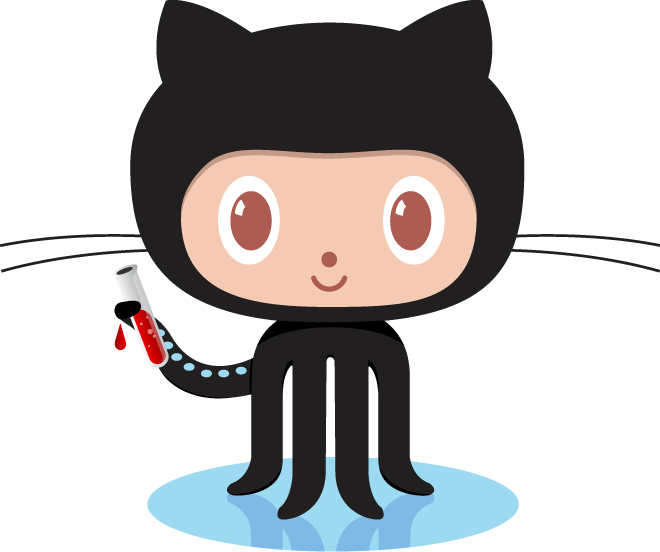A Jekyll Template for Course Websites
I made a derivate template of my main no-good-very-bad Jekyll template with the idea of using it for class websites. The goals here are multiple. One, I wanted to better incorporate Font Awesome, which is a useful and aesthetically pleasing (if ultimately strictly cosmetic) touch for class websites. Two, I wanted to better streamline how I present information (i.e. separating other course materials like additional reading and the syllabus from the lectures). Three, I wanted to use it as my obligatory, yearly contribution to the Berkeley Initiative for Transparency in the Social Sciences, of which I am a BITSS Catalyst. I’m using it to structure for my Introduction to International Relations class so that I can adequately document how I prepare my lectures so that anyone in the world can see the code and reproduce the information I present.
tl;dr: you can view my template here and fork it here. I provide additional information (i.e. basically the README) for the remainder of this quick post.
I should note that because I ganked it from my website template, there’s a lot of empty tags in the template that make reference to things that don’t appear in the main .yml file. In other words, they reference things that should be there but, because they’re not there, ultimately won’t interfere with how the site renders.
Here are the things in the directory you should tweak to make it your own:
_config.yml. Naturally. This should be familiar if you’re accustomed to Jekyll. Do note, for convenience, that I made thesyllabusfield a full URL entry. You should also fill out thegithubdirfield since the goal is to make your course (and, by extension, the knowledge you propose to communicate) open source and reproducible on Github. Let us know where it is.course-materials.md: Fudge this to add in helpful information about your course (e.g. the book and whatever else you want to communicate).index.html: You won’t need to edit much but, if you want your own lead image for your course website that’s not from Stand and Deliver (I don’t know why you would do this, but, hey, it’s your class…), edit that Jekyll liquid tag I created that embeds images in my spiffy way. This should be intuitive. Just specify a relative path for the image you want to use, how wide you want it to be, and whatever caption you want to add to it._data/lectures.yml: This uses YAML data to render Github and local links to lectures. This should be straightforward (see my example file) but feel free to look at this tutorial if you want to better understand what’s happening here. You could also editlectures.mdif, for example, you render your lectures to HTML in lieu of PDF. I do PDF. Changing this isn’t hard, though, and should be straightforward. Basically, change “.pdf” to “.html” as you see it and then, probably, find a nice icon for HTML on Font Awesome._includes/nav.html: You won’t have to tweak this, per se, but you may want to if, for example, you want to add a course blog. I don’t do that, but I do prove ablog.mdfile. Head to Font Awesome if you’re looking for the perfect icon to go with it.CNAME: Adding a special domain or subdomain to your course website? Change it here. Is its own Github page on a special account you created on Github (but you’re not using a special domain on top of that [example])? Delete it.
Feel free to contact me at svmille@clemson.edu. Send along some cheers too if you find it useful.
Disqus is great for comments/feedback but I had no idea it came with these gaudy ads.
